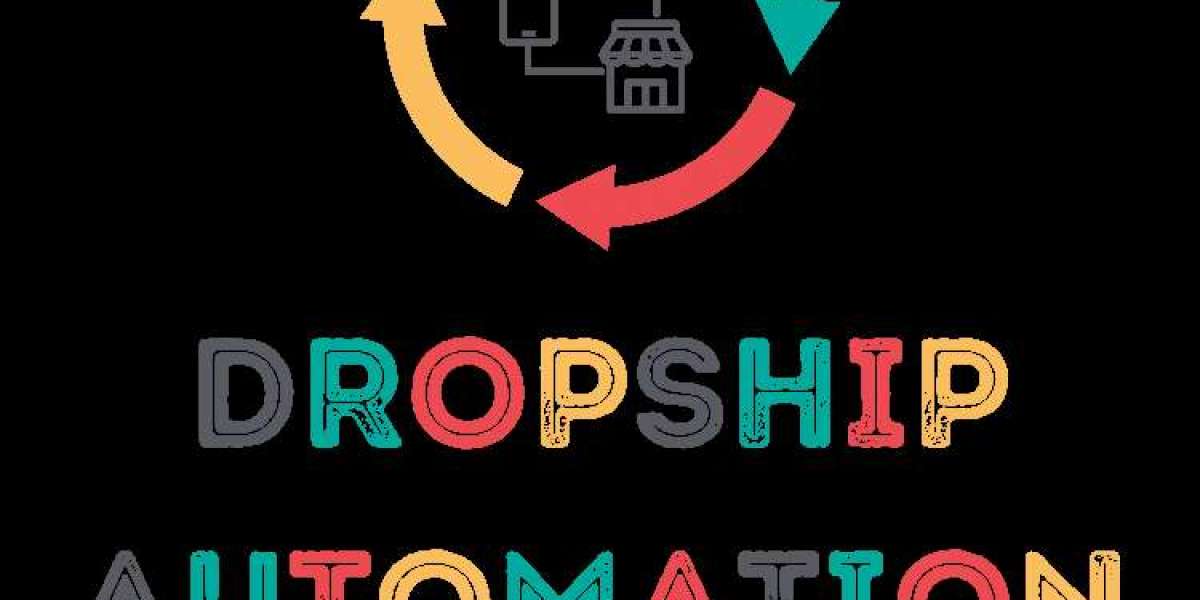Latin America and the Contribution of Natiometry to Its Future
Introduction :
Latin America, a vast land of contrasts and contradictions, has traversed the ages oscillating between greatness and fractures, hopes and disillusionments. A land of prodigious civilizations —from the Mayas to the Incas— it later became the epicenter of one of history’s greatest upheavals: European colonization. Since then, its nations have lived through a succession of independence movements, revolutions, dictatorships, and democratizations, forming a narrative thread marked by resilience and an unfinished quest for a sovereign destiny.
Today, in a world undergoing profound transformation, where historical cycles seem to be accelerating, the region still struggles to break free from patterns of dependence and instability. Natiometry, as the science of national cycles and prospective governance, offers Latin American nations an unprecedented tool: an instrument for measurement, analysis, and projection capable of revealing the deep structures of political, economic, and social time.
This raises a crucial question: How can Natiometry contribute to stabilizing and strengthening Latin American nations in a changing world ? To answer this, we will first explore the uniqueness of Latin America through its historical cycles and civilizational challenges. Then, we will demonstrate how the Natiometer can provide Latin American states with a clear and predictive vision of their trajectory. Finally, we will envision the emergence of a renewed Latin America, capable of playing a central role in the reconfiguration of the international system.
I. Latin America: A Region Marked by Deep Historical Cycles :
1. A History of Ruptures and Resilience :
The history of Latin America is one of a constant struggle between centrifugal and centripetal forces. In the pre-Columbian era, vast empires organized around natural and cosmic cycles structured societies. However, Spanish and Portuguese colonization disrupted this harmony, imposing an exogenous matrix based on exploitation, evangelization, and territorial fragmentation.
Then came the era of independence, led by iconic figures such as Simón Bolívar and José de San Martín. While these liberation struggles gave birth to modern states, they also exposed an underlying instability: civil wars, coups, foreign interference, and economic crises followed one another, preventing the emergence of stable and lasting governance. The oscillation between authoritarian regimes and fragile democracies highlights the absence of an institutional model truly adapted to the continent’s deep realities.
2. A Unique Cultural and Civilizational Identity :
However, Latin America is not merely a theater of crises and ruptures; it is also a land of extraordinary civilizational richness. The fusion of European, African, and Indigenous cultures has shaped a powerful collective imagination, reflected in flourishing literature (Borges, García Márquez, Neruda), vibrant music, and a deeply rooted spirituality.
This cultural fabric is not just an artistic expression; it is also an indicator of the cycles of collective consciousness. Natiometry provides a means to analyze these narrative waves, understand periods of stagnation and rebirth, and extract predictive models for the future.
II. Natiometry as a Tool for Stability and Prediction in the Region :
1. Anticipating and Preventing Political and Social Crises :
If nations evolve in cycles, then it becomes possible to identify critical phases before they manifest abruptly. By applying the principles of Natiometry, it would be possible to anticipate periods of social turbulence and provide proactive responses before crises erupt.
The Natiometer would allow for:
- Detecting structural tensions before they escalate into open crises;
- Measuring the evolution of the national narrative and the fractures between different social groups;
- Evaluating the long-term impact of public policies on institutional stability.
A governance model based on Natiometry would provide Latin American leaders with a precise dashboard, enabling them to adjust their decisions based on deep-seated dynamics rather than short-term urgencies.
2. Optimizing Economic and Social Governance :
One of Latin America’s major challenges lies in its economic model, which is often dependent on raw material exports and subject to fluctuations in global markets. A Natiometric approach would enable better anticipation of economic cycles and help avoid the pitfalls of recurrent crises.
Through Natiometry, governments could:
- Predict growth trends and prevent severe economic shocks;
- Adapt their industrial strategies based on historical and energy cycles specific to each nation;
- Harmonize social dynamics by reducing inequalities through better resource management.
III. Toward a Central Role for Latin America in the Rebuilding of the International System :
1. Cooperation with the International Society of Natiometry :
Latin America must stop being a passive player in global affairs and instead become a laboratory for innovative governance. Collaboration with the International Society of Natiometry would provide Latin American nations with a scientific framework to strengthen their sovereignty and assert their strategic autonomy.
The creation of a Latin American research center on Natiometry could:
- Develop models tailored to the region’s specific realities;
- Train a new generation of leaders capable of integrating long-term vision into governance;
- Position Latin America as a key player in constructing a new world order based on enlightened governance.
2. Latin America as a Model of Enlightened Governance for the 21st Century :
If Latin America successfully embraces Natiometry, it could propose an alternative to Western models and emerging powers. This approach—rooted in an understanding of historical cycles and national narratives—would offer a balance between modernity and tradition, between scientific rationality and collective intelligence.
Such a model could inspire other regions of the world, proving that governance can be aligned with deep-seated temporal dynamics and the civilizational aspirations of nations.
Conclusion
Latin America stands at a decisive crossroads in its history. To break free from the cycle of crises and assert its role in the world, it must adopt an approach rooted in knowledge and anticipation. Natiometry, by offering it a scientific framework for understanding and action, represents a historic opportunity.
The future of Latin America is not solely determined by immediate economic or political choices but by its ability to reclaim its own time, to understand its oscillations, and to adjust to them with clarity. By embracing Natiometry, it could become a beacon of a new governance model, reconciling science and the soul of nations.
The time has come for Latin America to write its future with enlightened awareness.
Amirouche LAMRANI and Ania BENADJAOUD.
Associate researchers at GISNT.









